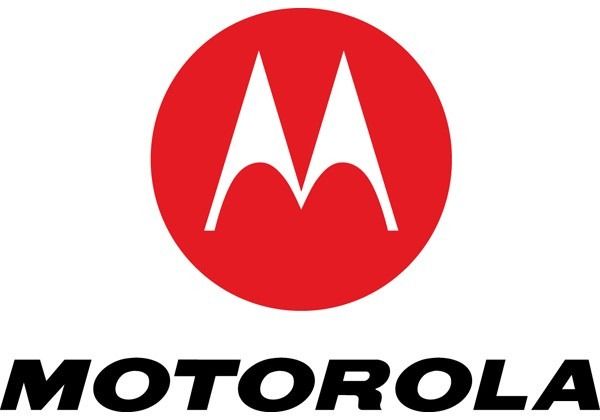Earlier today, when I read comments from Motorola executive Christy Wyatt over on PCMag explaining that lagging software updates could be blamed in large part on hardware variation, my first response was "really?" Talk about the pot calling the kettle black. Motorola has iterated so much hardware in the last year that it has actually promised to cut down on the number of versions of Android handsets it will make.
Specifically, Wyatt made a point of the obvious fact that when Google releases the source code for Android, the only devices it will readily compile on fall into the "Nexus" category. For Ice Cream Sandwich, that included the Nexus S, Galaxy Nexus, and (with a few tweaks) the Motorola XOOM. All of those devices (excepting the Verizon version of the XOOM) now have Android 4.0.
Here's Wyatt's actual statement on the issue:
When Google does a release of the software ... they do a version of the software for whatever phone they just shipped," she said. "The rest of the ecosystem doesn't see it until you see it. Hardware is by far the long pole in the tent, with multiple chipsets and multiple radio bands for multiple countries. It's a big machine to churn.
While Motorola has obviously learned to keep hardware relatively similar with its newest devices (the BIONIC, RAZR, and DROID 4 all feature the same TI OMAP4430 chipset), blaming handset variation seems like a bit of a copout. Whose fault is it that Motorola's devices (other than the 3 mentioned) have so many different hardware configurations aside from radio chips? I'm going to go out on a limb here and say "Motorola's." I think that's certainly part of the problem, but I also don't think it's the primary reason for the sluggishness or total lack of software updates for some devices - especially in the US market.
Motorola has at least 3 radio configurations to maintain in the US, considering the company has almost no presence on T-Mobile. Sprint and Verizon share CDMA bands, but Verizon has its own LTE, and AT&T works on GSM frequencies used around the world, though it too has its own LTE network. This means that individual software updates need to be configured for each major carrier here in the good 'ol US of A - and it's moronic.
But it doesn't stop there. Prepaid and regional carriers are split into camps, as well - Boost and Virgin both operate on CDMA (ala Sprint), while most other regionals use standard world GSM frequencies. Now, you may say that radio configurations are hardware differences, and I agree - they are. But Wyatt blames the hardware itself, rather than those demanding it.
As a company relying on huge purchasing agreements with major carriers, Motorola can't afford to blame them for much of anything except the black numbers on its balance sheet. But Wyatt does give us a hint of being upset with the carriers in a later quote:
I would have to know that every single operator I have is going to want to upgrade every single product, and sometimes they'll want to control the timing ... it's just not easy to make that blanket statement.
Translation: carriers are a nightmare to deal with, and are about as predictable as a group of angry badgers. Now, it's understandable why carriers are fussy about these things, reason number one being their sales figures. If Phone X gets an update to the newest version of Android right before Phone Y comes out, and but for X's update Phone Y would be the only device on the carrier with the newest version of the OS, the carrier wants to avoid cannibalizing sales. In all likelihood, the older phone will be cheaper (but cost the manufacturer about the same to buy, meaning an even bigger loss on the sale), and the carrier will be relying on near-term buzz to sell the new device en masse.
But most of the reason the updates will take so long to make it to the carrier's quality assurance department is that the manufacturer wants to present the update at roughly the same time in most markets (and carriers). In Europe, this is much less of an issue - almost every carrier in existence in the EU utilizes the standard GSM bands, as do most wireless providers around the world, making developing updates for these markets much easier.
In the United States, we have a wireless market that actively discourages users from switching carriers because their handset will in all likelihood only work on one of the "big four." There are ways to mitigate this, but there's really only one that can provide long-term relief: multi-carrier compatibility. As the major carriers move towards LTE, this is becoming something we can at least fathom having in the next decade.
While phones like the GSM Galaxy Nexus show that the "carrier gap" can be bridged by hardware to some degree (it works on both AT&T and T-Mobile's 3G HSPA+ networks), the fact that the device isn't available subsidized here in the US makes it clear what interest are at play.
If we continue allowing carriers to gate themselves off into "walled gardens" of spectrum, it seems the problem of slow software updates is something we'll always be stuck with here in the US. Let's hope that's not the case.
So, moral of the story? If you want to blame anyone for slow software updates, blame your carrier - they're perpetuating a system of product tying that makes less sense each and every day.

